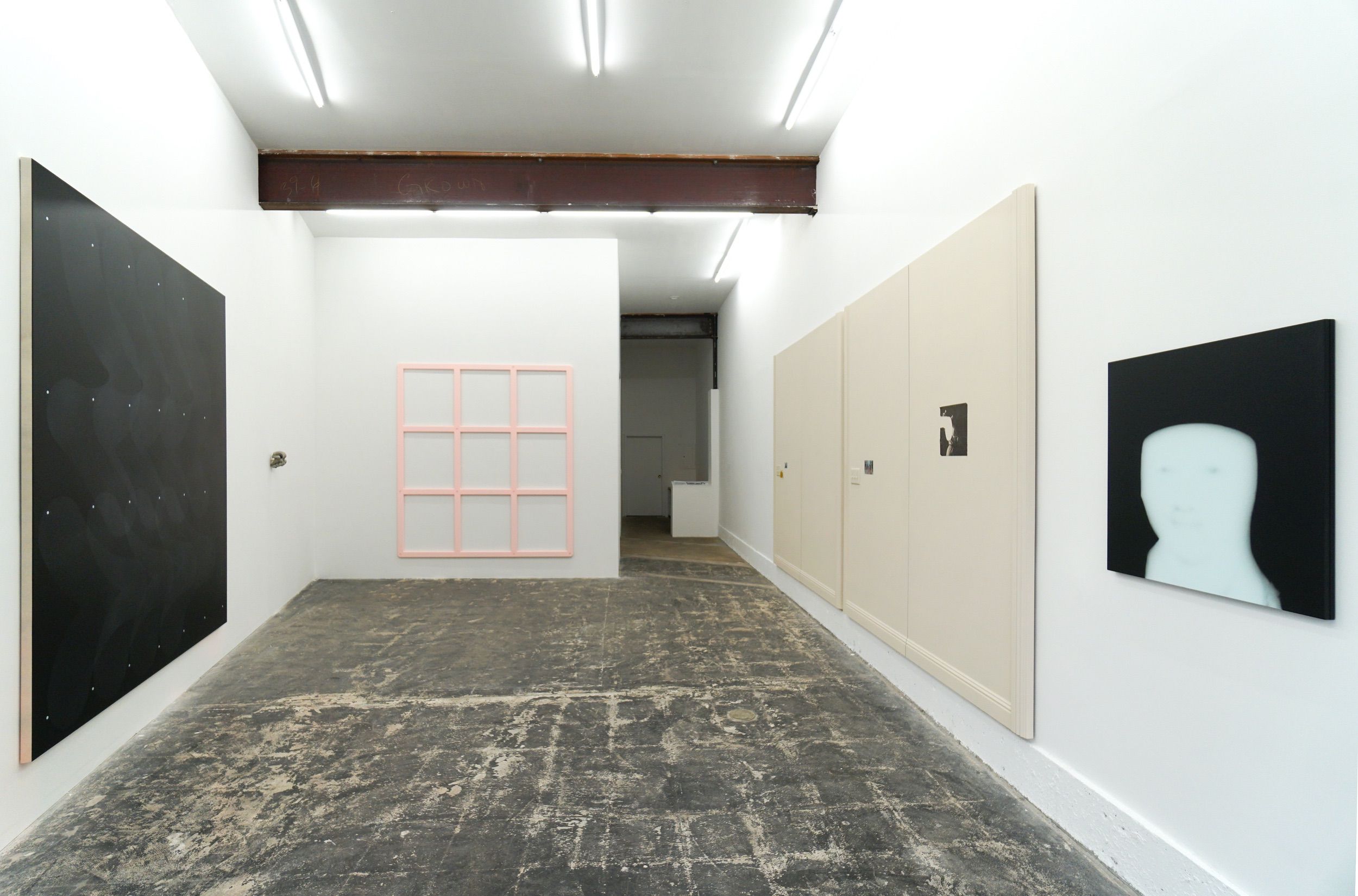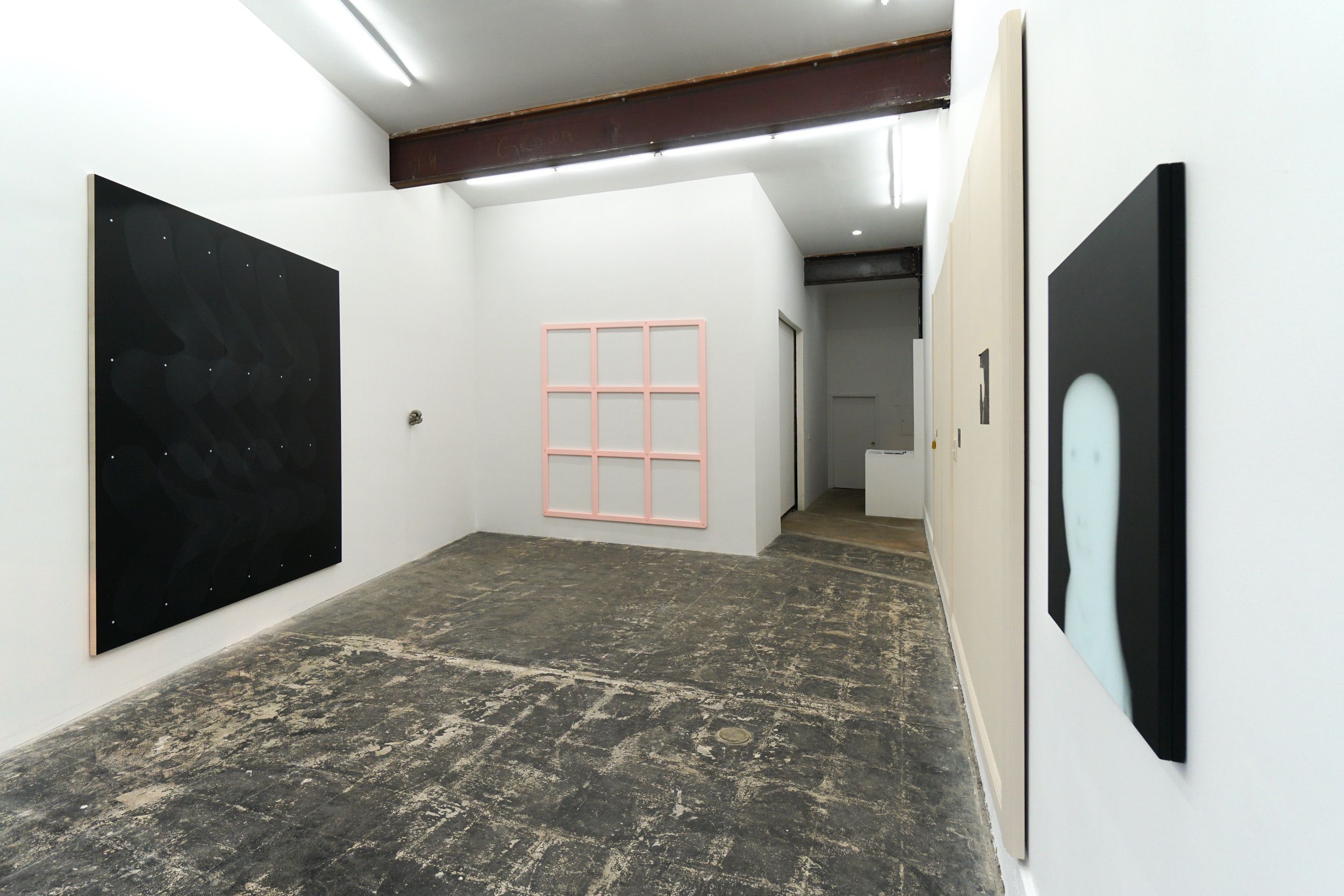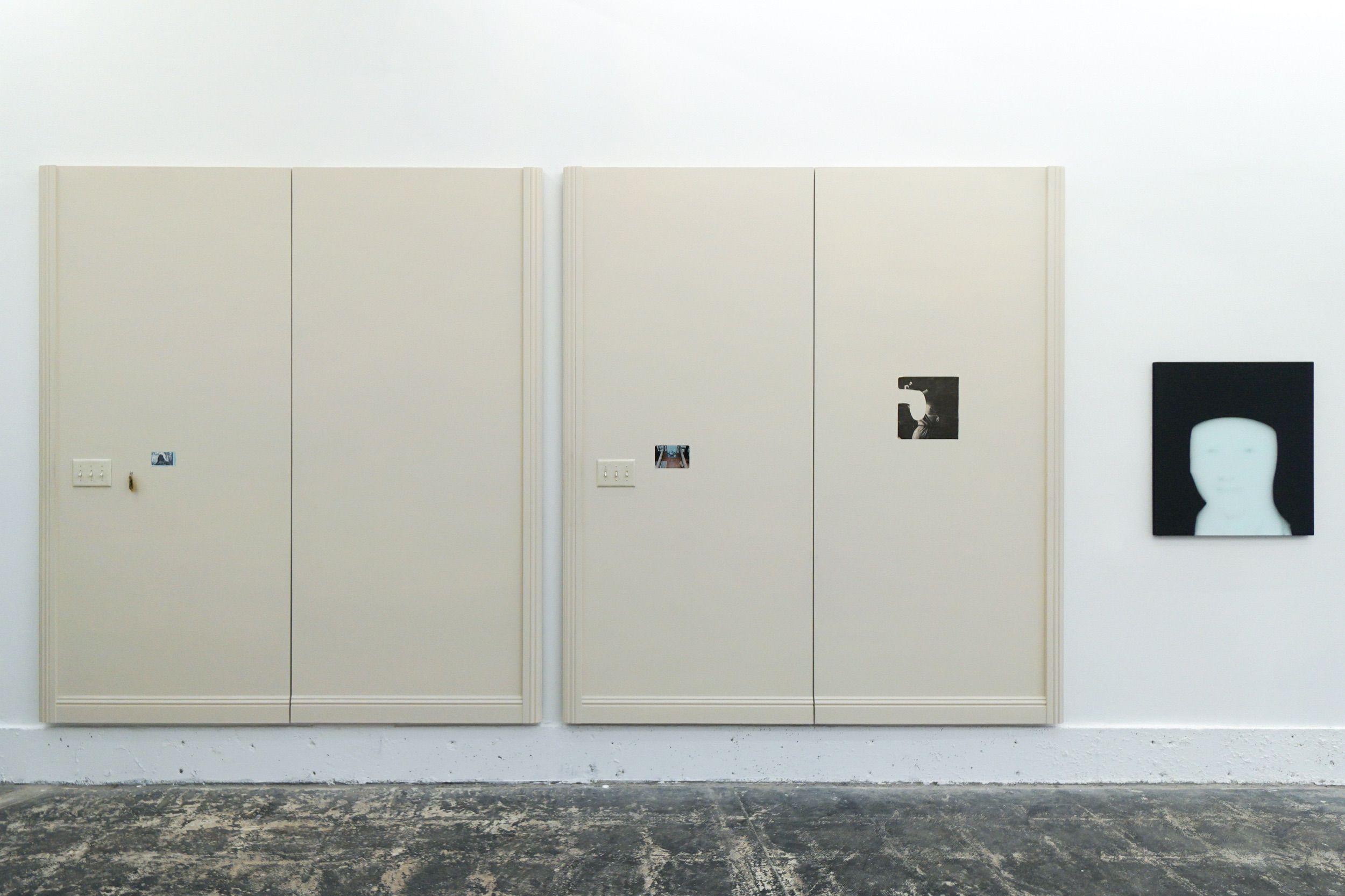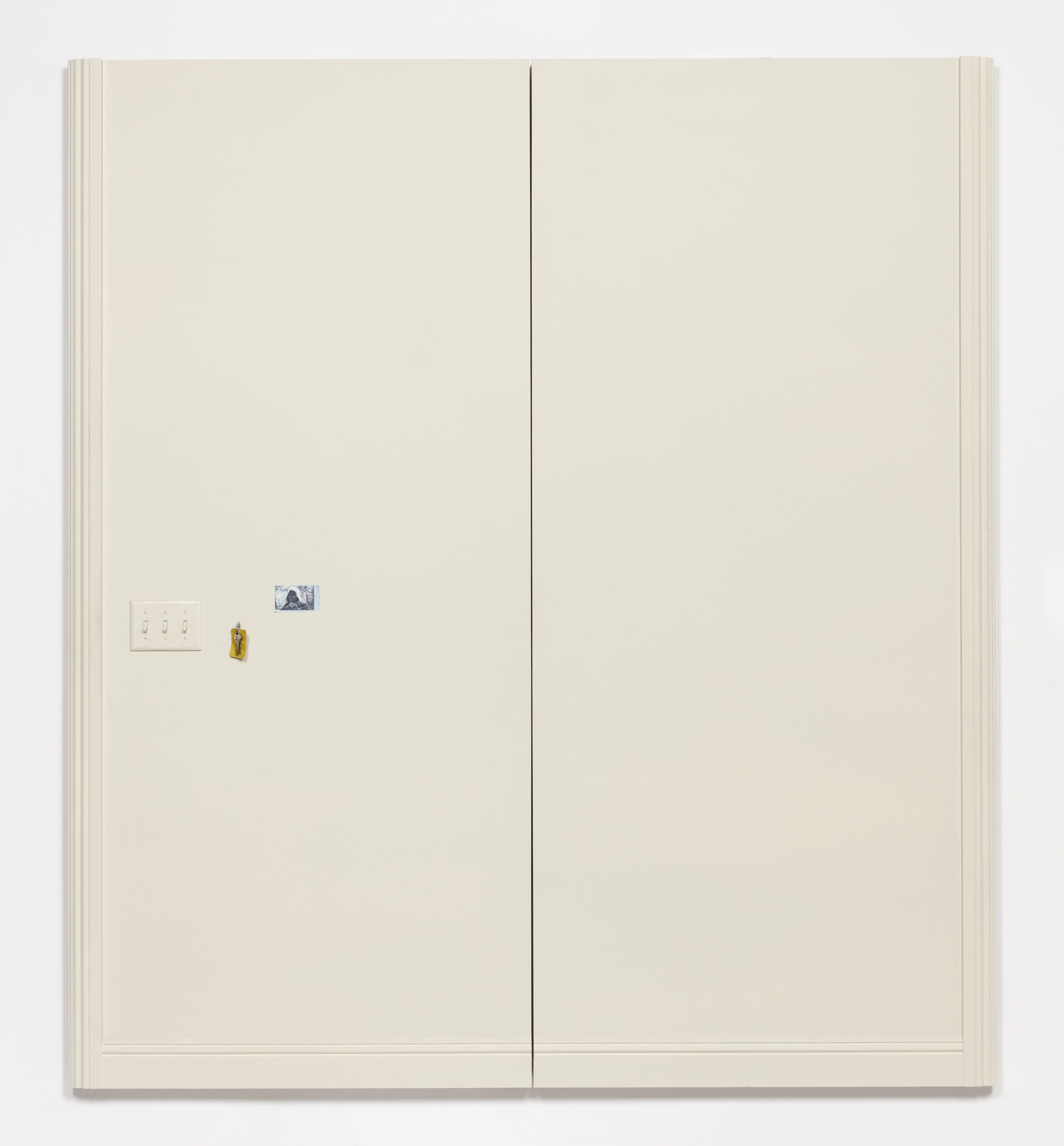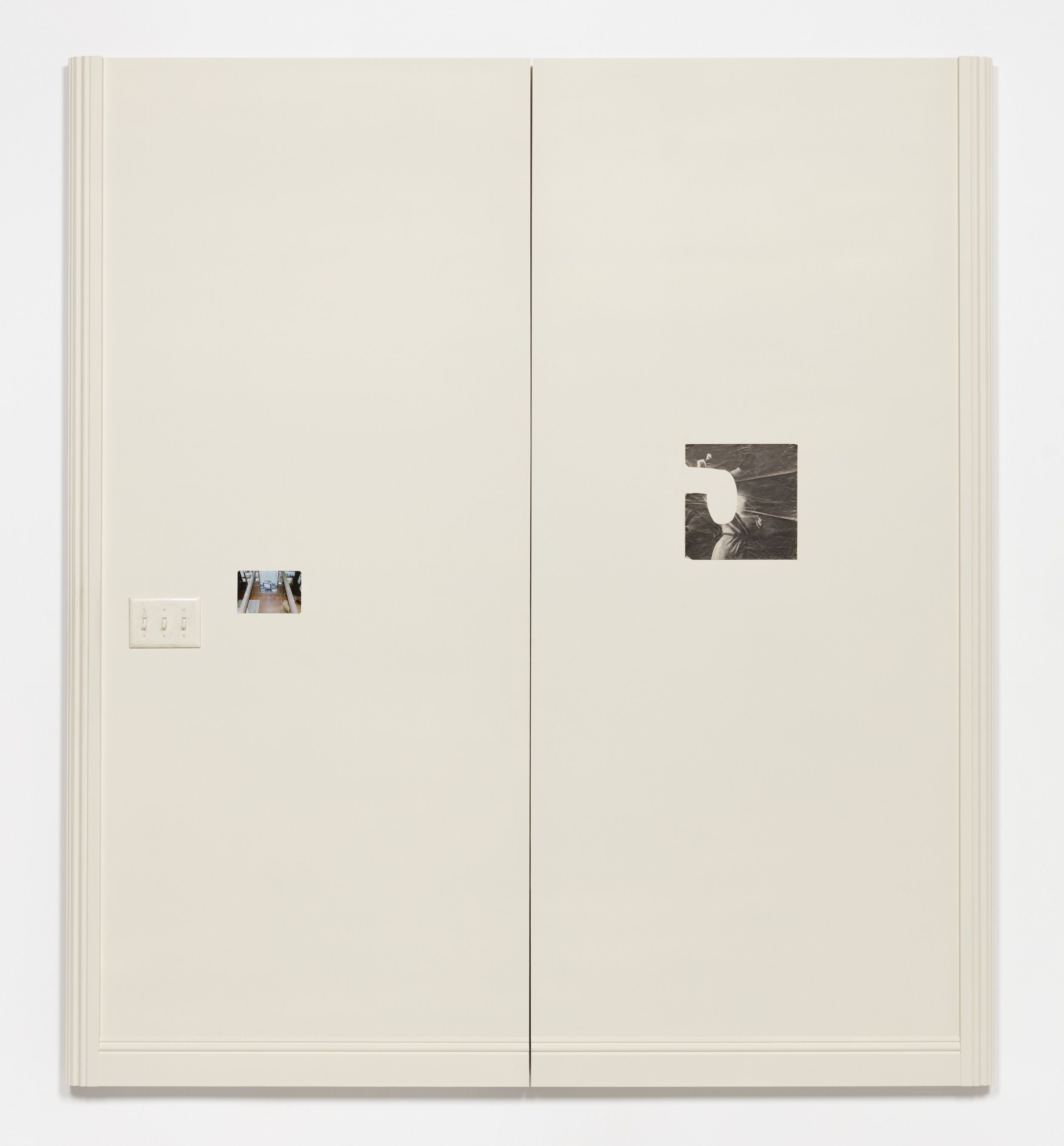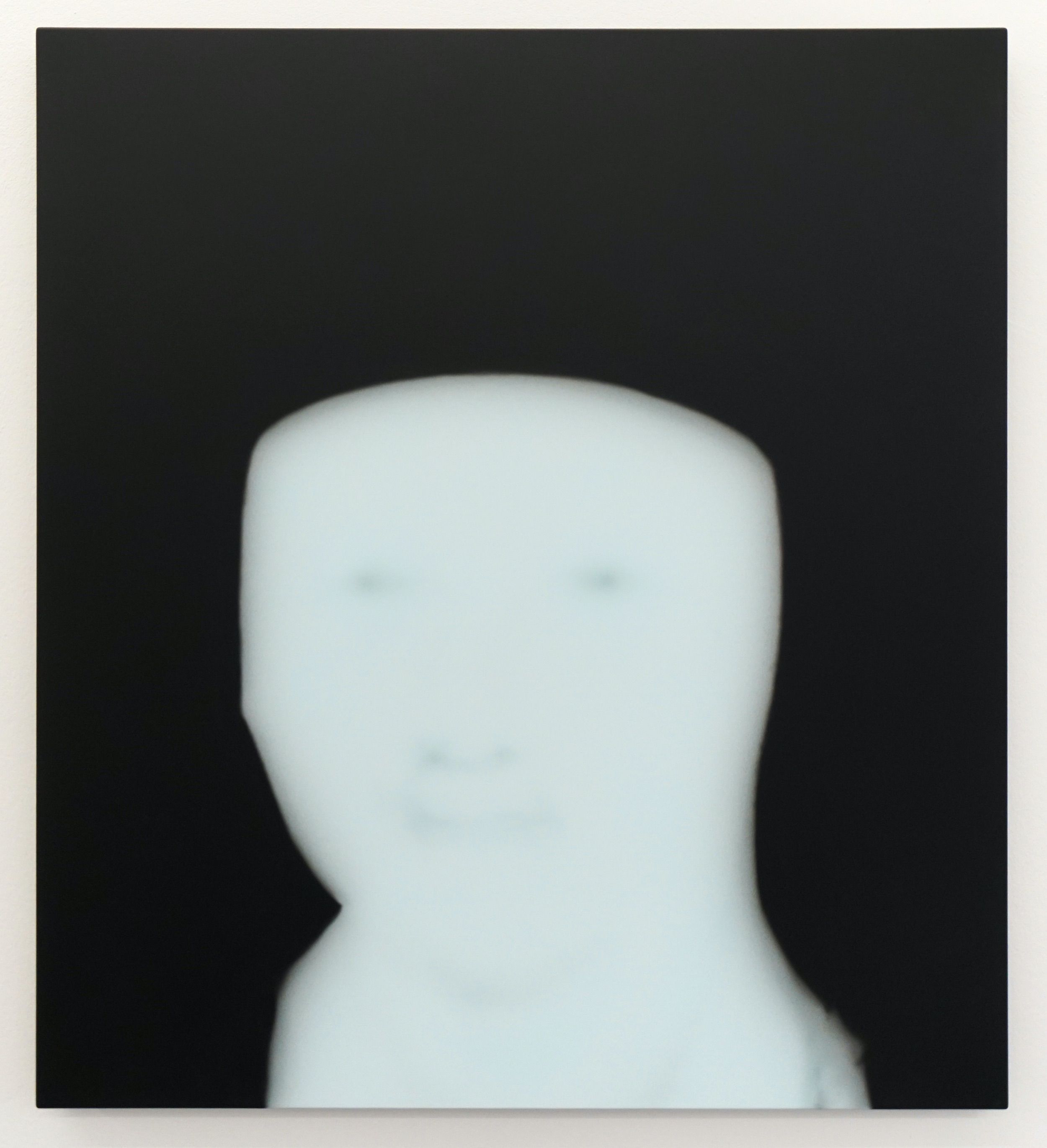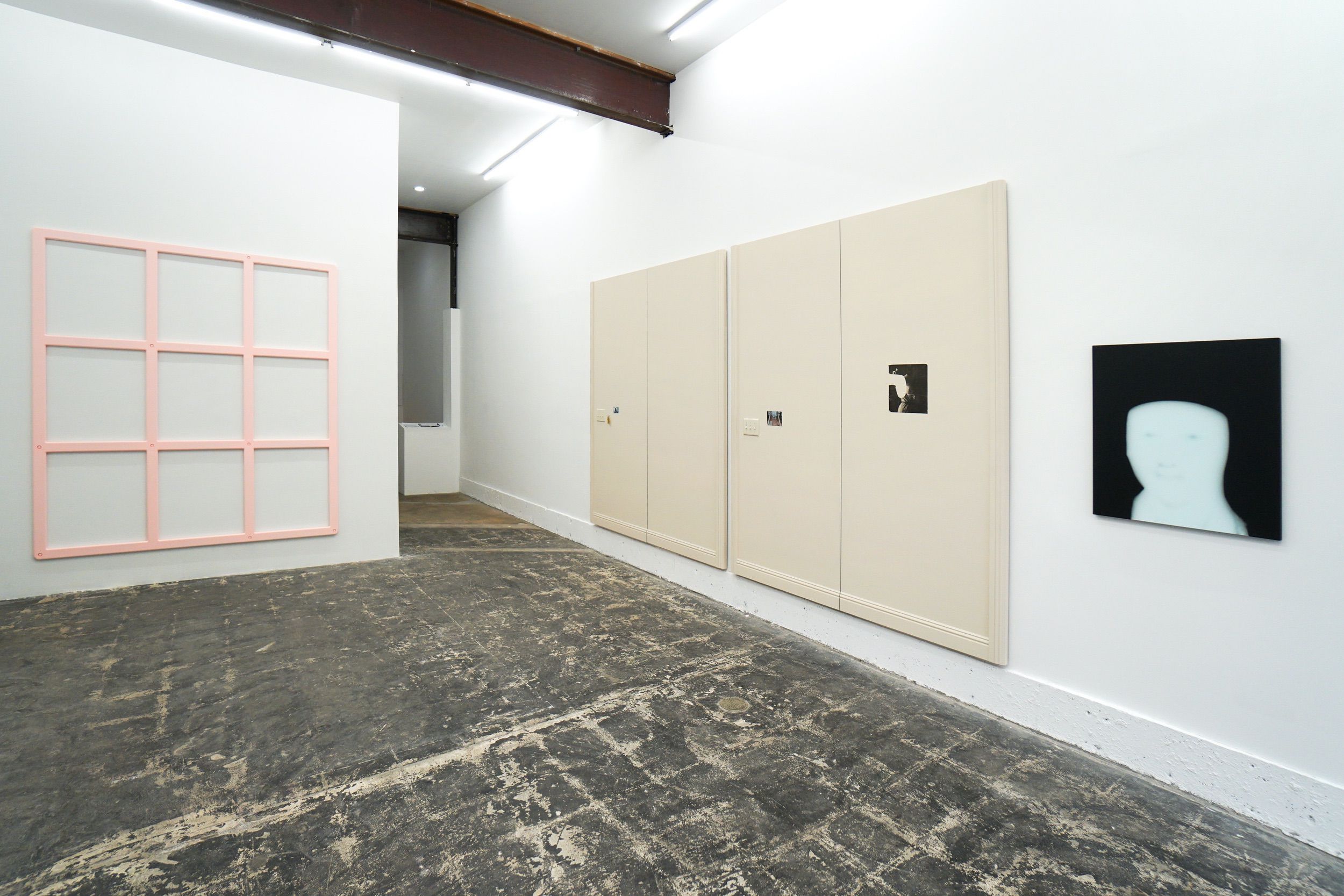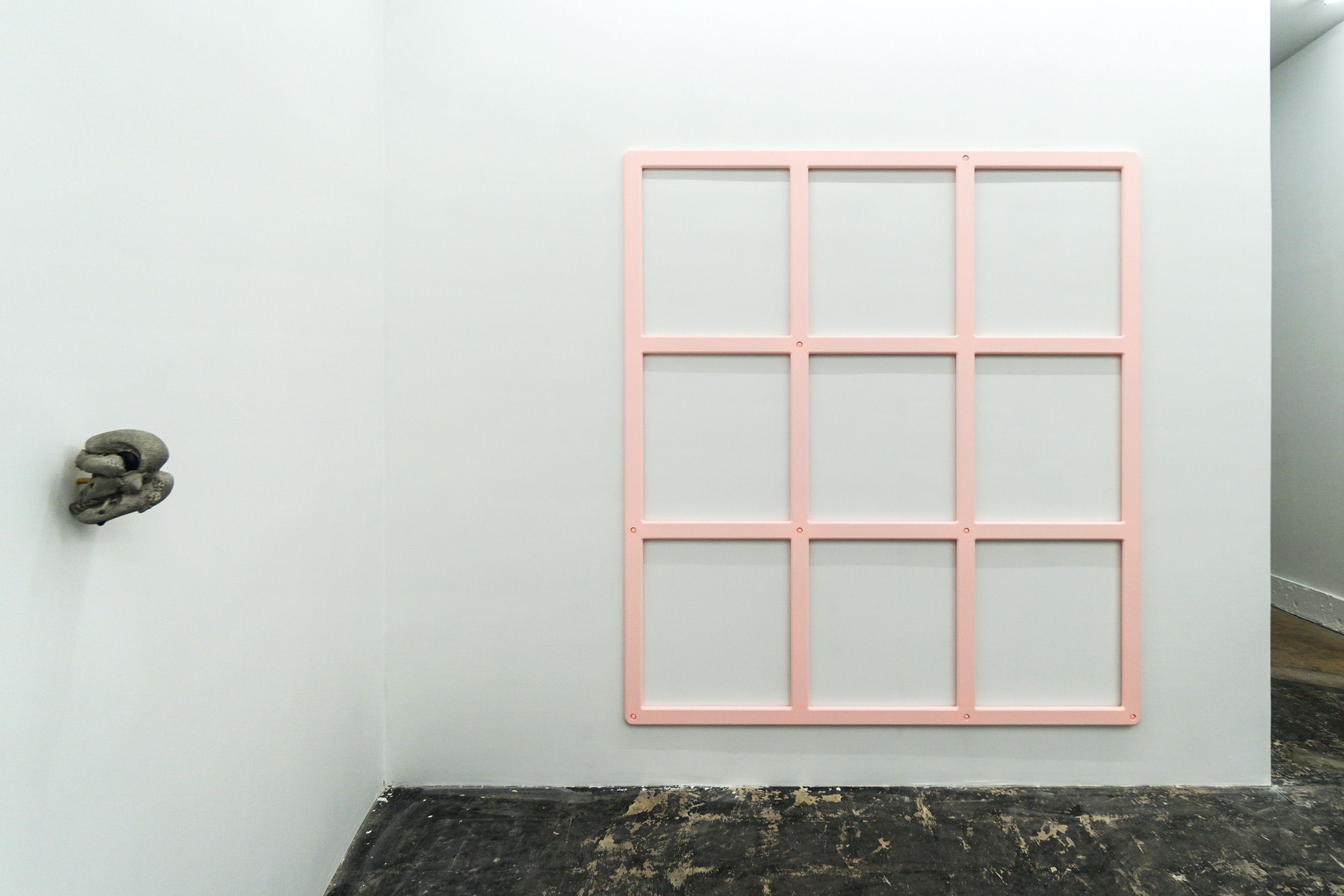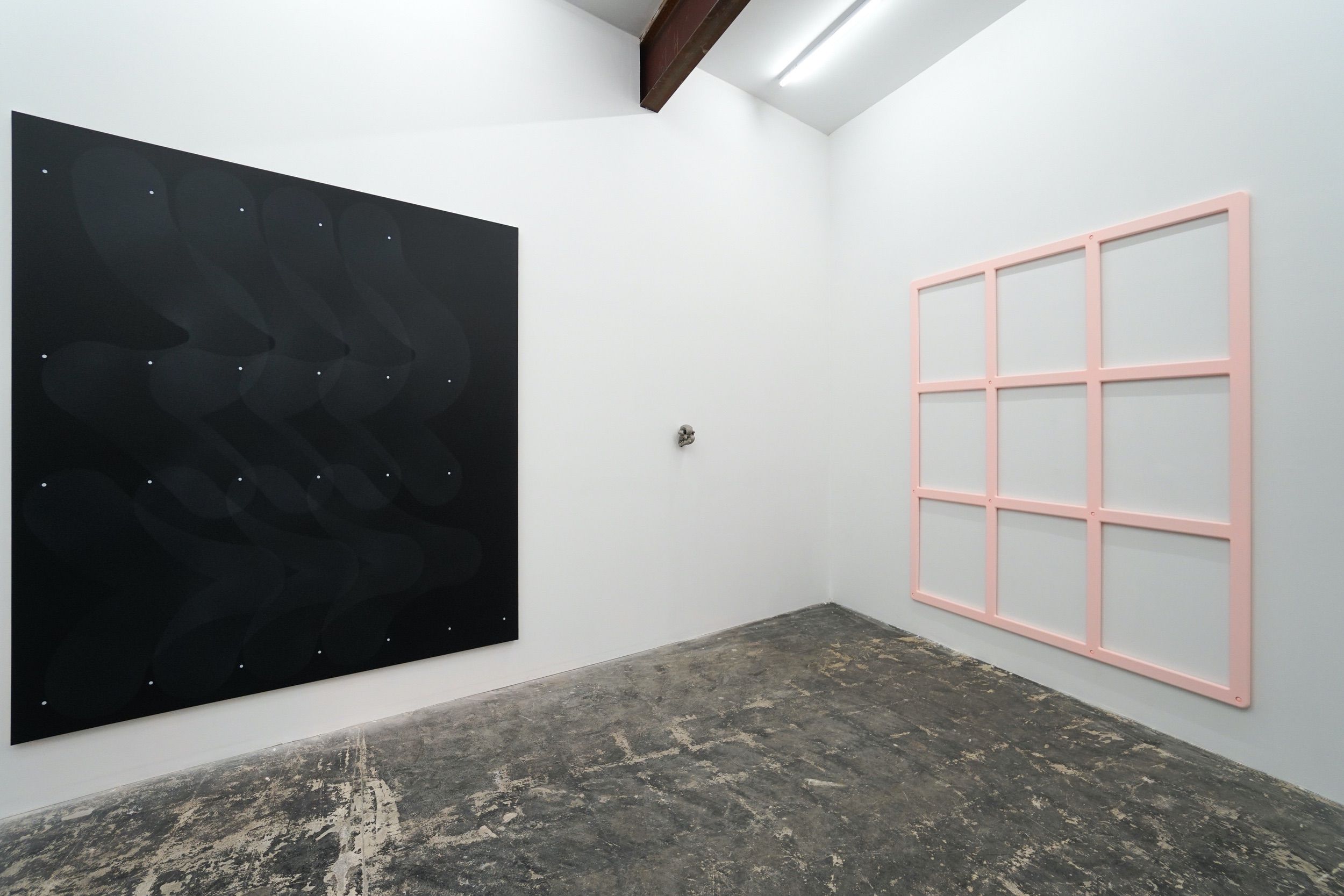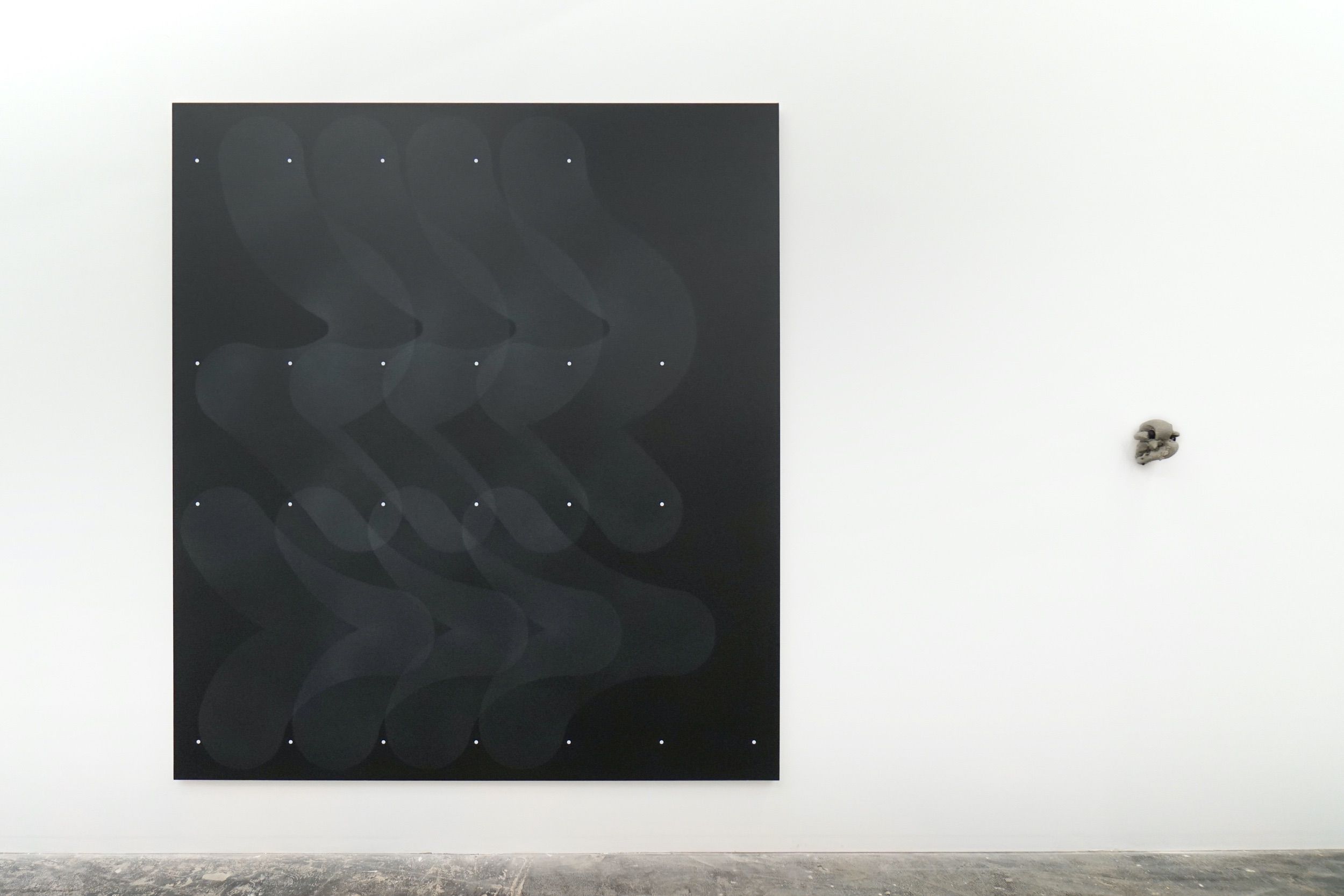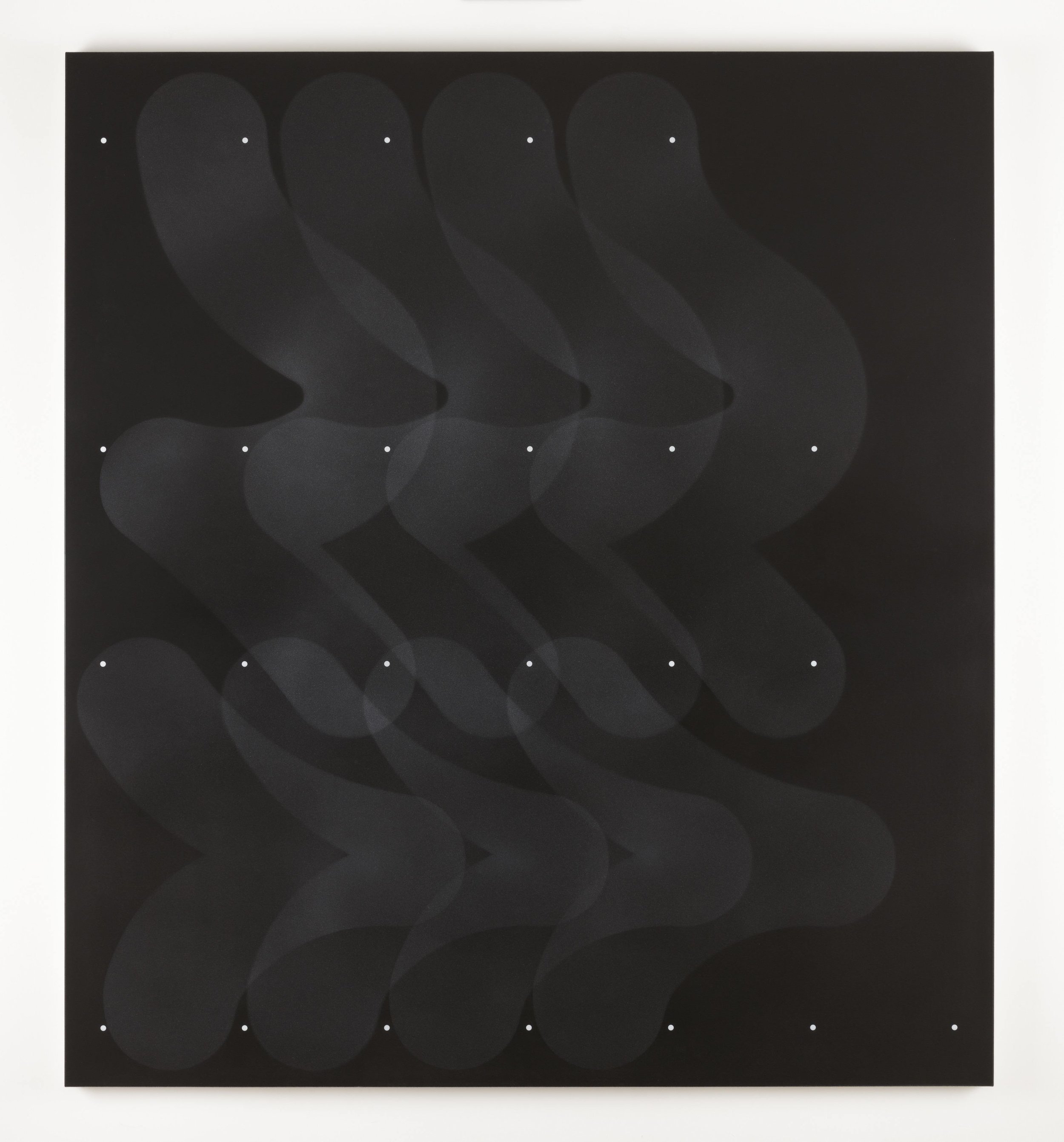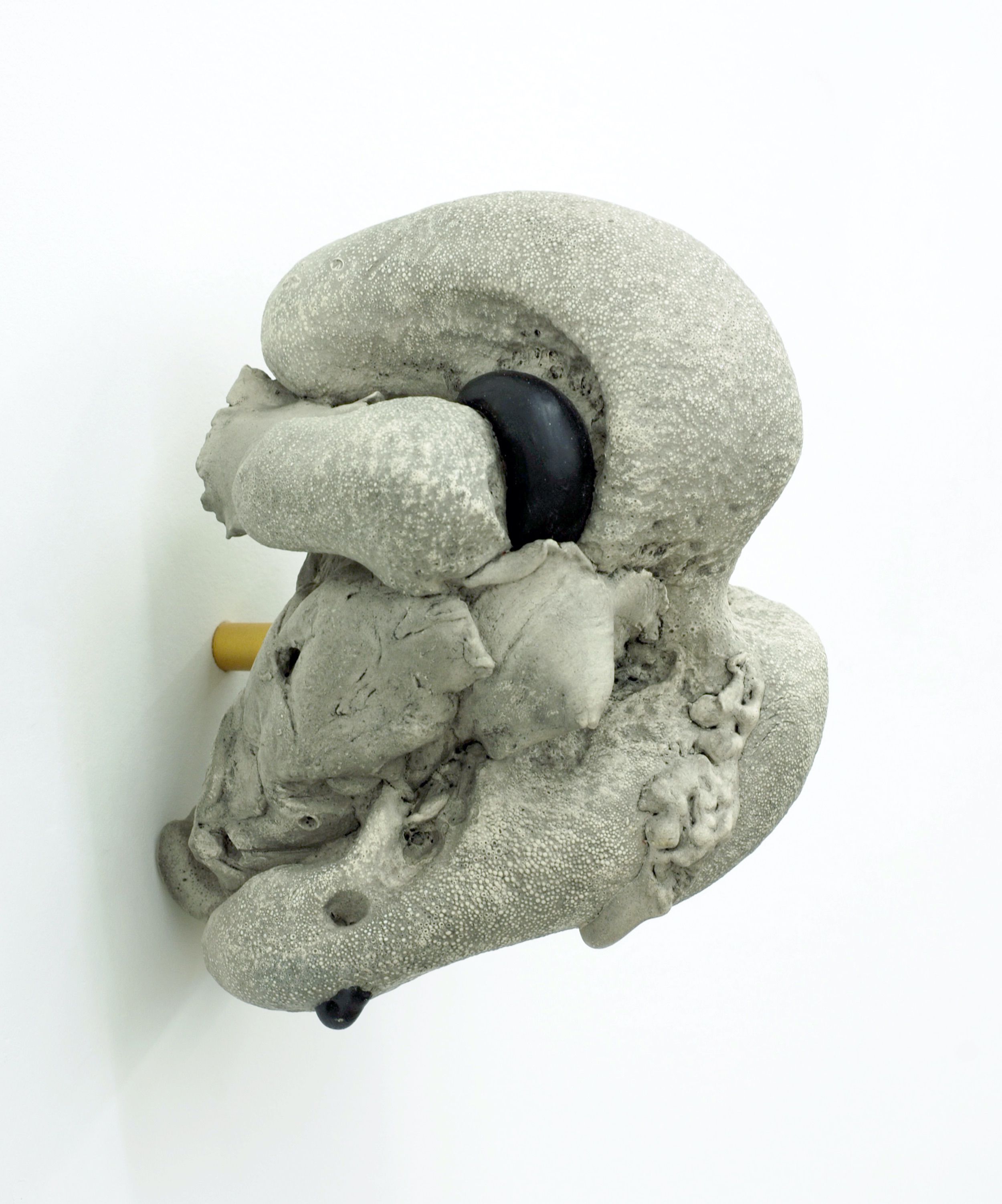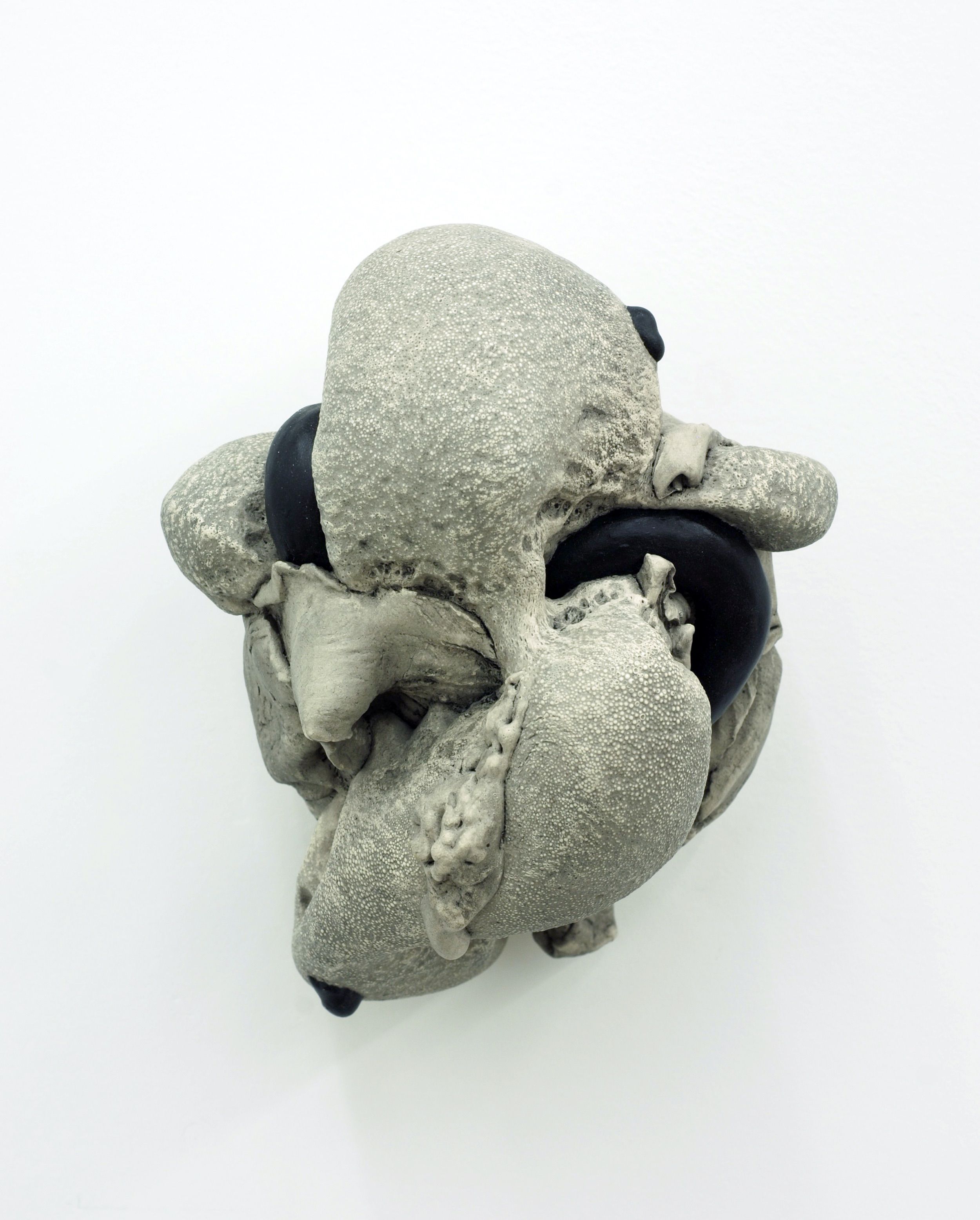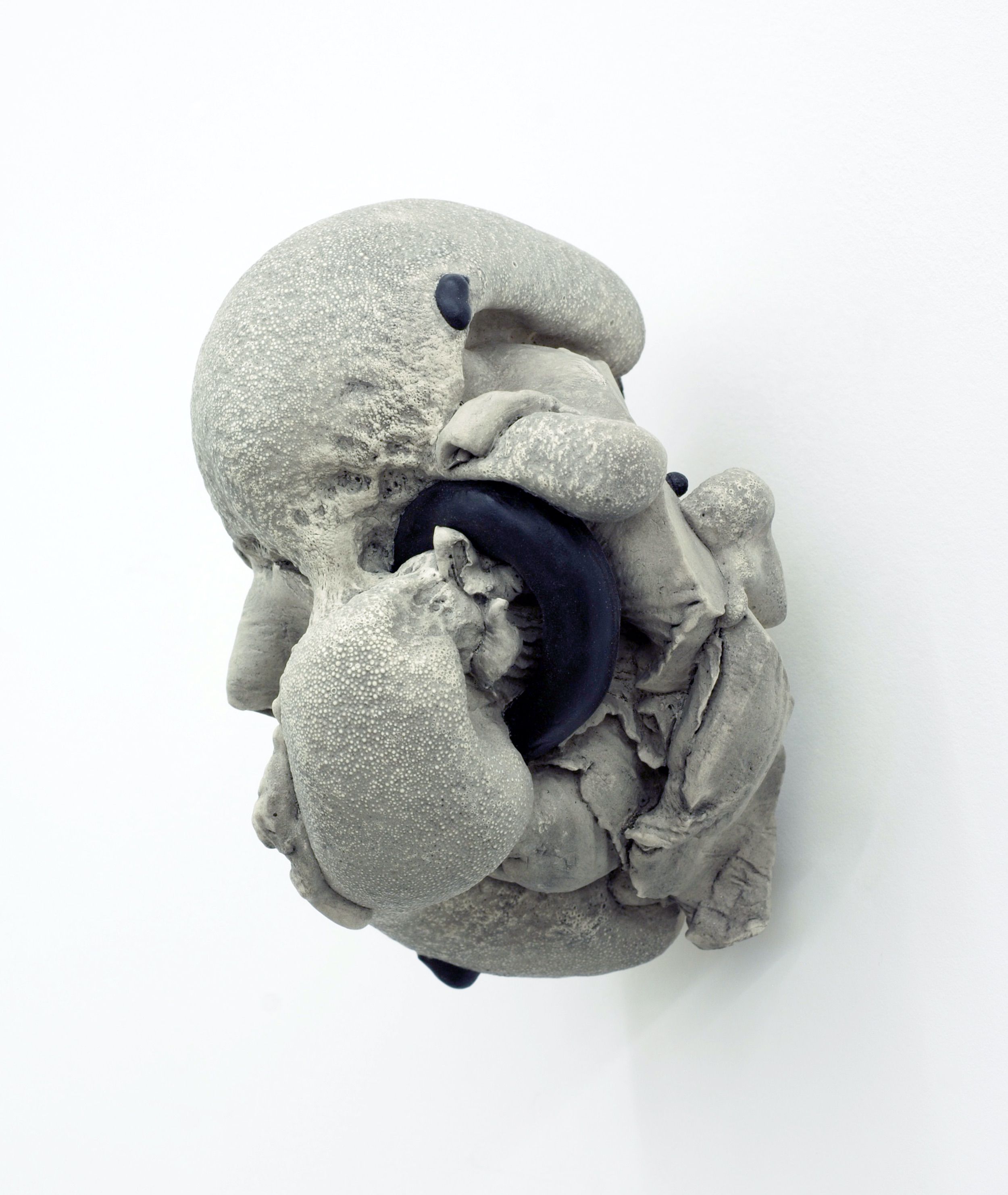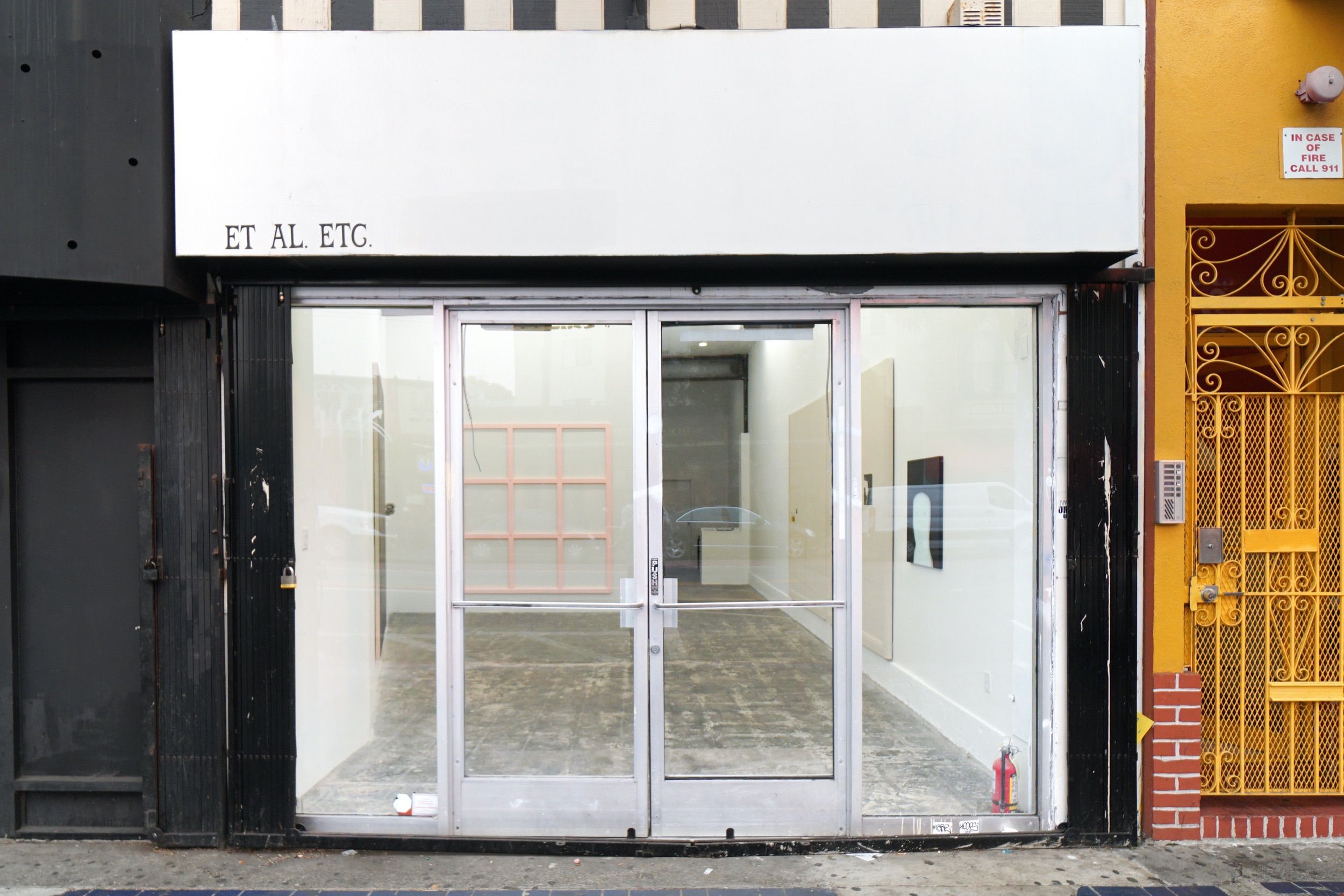Andrew Chapman
The Pause of a Gnomon's Shadow
November 9 - December 22, 2018
_info
Et al. etc. presents
Andrew Chapman
The Pause of a Gnomon's Shadow
November 9 - December 22, 2018
Opening reception: Friday, November 9, 6:00 - 9:00 p.m.
Et al. etc. (Mission)
There used to be an olive served at the former elBulli restaurant. Every season the chefs would taste the best olives and create a combination of the best bits, puree it up, chuck it into some wild chemical process, and produce a new olive. This olive was, by all accounts, a way better olive. Perfect in appearance, placed individually on spoons, but with a liquid interior.
There is a double move here. This olive is the physical manifest of the research in and process of the kitchen. The object is a nexus of all that is meticulous and painstaking, and simultaneously an erasure of all that is meticulous and painstaking. The perfection of the object is also the concealment of its origins. Hastiness and imperfection show the hand of the creator. An inverse relation is at play, where the more time and attention devoted, the less it is visible and seemingly divorced from the reality its product occupies.
Freud called it the death drive. Perfectionist drive is an anonymizing force, obsessively ensuring its own destruction. The olive — and Chapman's work — are archives. They are the physical remnants of an enormous amount of process, experimentation, invention, and research. The death drive it takes to create these objects is what alienates these perfect archives from their pasts and their subjects.
The ultimate difference between a rock and a mountain is whether it's connected to the ground. Uluru is the largest rock in the world. Until recently no one knew how a rock the size of a mountain could form; there was no crater from an asteroid. While that mystery has been solved, Uluru still sublimates the mountain. It's a strange mimesis of a mountain on an otherwise flat plane, one that has no root. It has an alien quality. The mimetic dish at elBulli also sublimates, also invokes the alien and horror as a perfect but liquid olive. Templates for Recall (1) and Templates for Recall (2) are walls on a wall. They are quintessential and platonic, and are executed to be just off enough to feel that they live between two worlds as sort of transcendent objects. Milton is equally spooky. A painting of an enlargement of a cropping of a photo, whose origin has been misplaced and forgotten by the artist. But its voyage can still be traced despite that disconnect. The result is a layer of uncertainty that is just thick enough to stir uneasiness and feel unsettled from the divide.
The collection of works in The Pause of a Gnomon's Shadow only increase — through their predominantly larger scale — the sense of presence they have as otherworldly objects hovering in a slightly different reality than ours. And the polar relations between these objects only enhance their alienating force. Barney (CC) is something that cannot be fathomed outside of an art context as an object of pragmatism, whereas Templates for Recall are the Uluru of walls; an imitation that cannot be. Chapman has refined the archival process such that he can register and inscribe information in small or large scale, organic or inorganic form, painting or sculpture, the literal or abstract. The memorialization supersedes the flawless physicality of the work he produces.
Being in the presence of Chapman's work is to be in a time warp. Memory is perfectly documented and yet still distorted and disconnected in this space. The Pause of a Gnomon's Shadow — while being a collection of visually and materially disparate works — are uniform in that they are perfect, destructive, sublime, kamikaze archives.
- Chloe English

